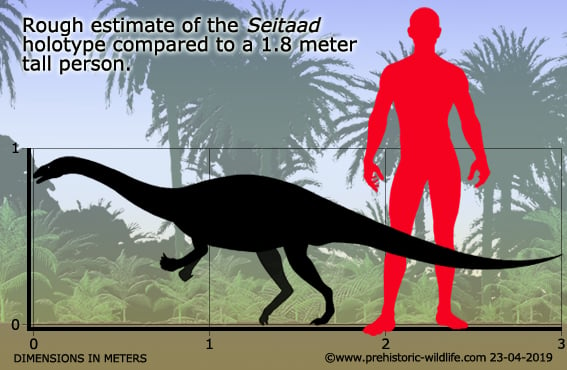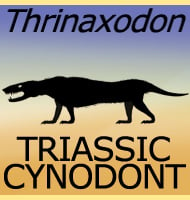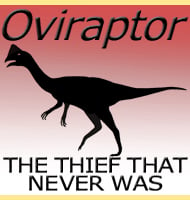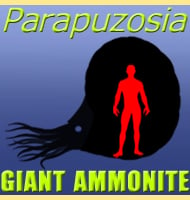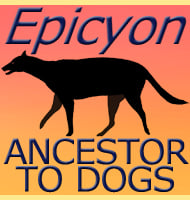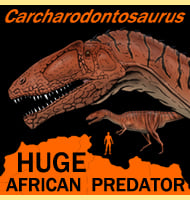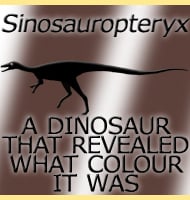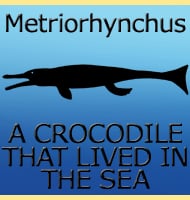In Depth
Described from a partial skeleton, Seitaad is one of the few North American sauropodomorphs currently known. It is widely believed that the individual that is now the Seitaad holotype was buried in a landslide from a collapsing sand dune, and hence this is the inspiration for the genus name.
Further Reading
-A New Basal Sauropodomorph Dinosaur from the Lower Jurassic Navajo Sandstone of Southern Utah. Joseph J. W. Sertich & Mark A. Loewen – 2010. -Dispersal and diversity in the earliest North American sauropodomorph dinosaurs, with a description of a new taxon. Timothy B. Rowe, Hans-Dieter Sues & Robert R. Reisz – 2010.
